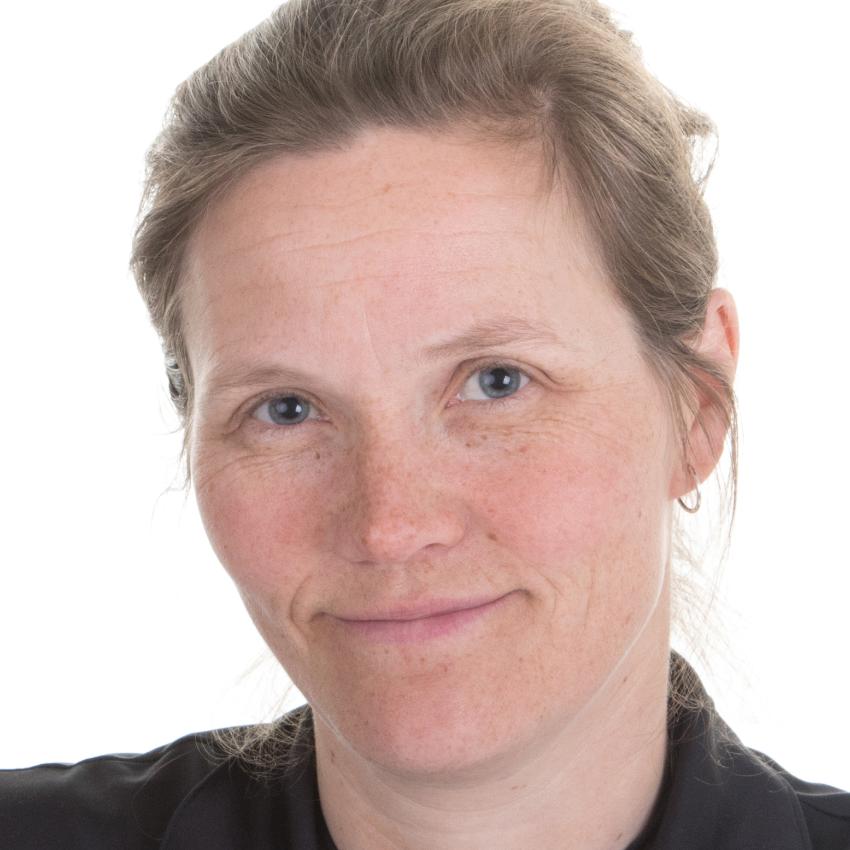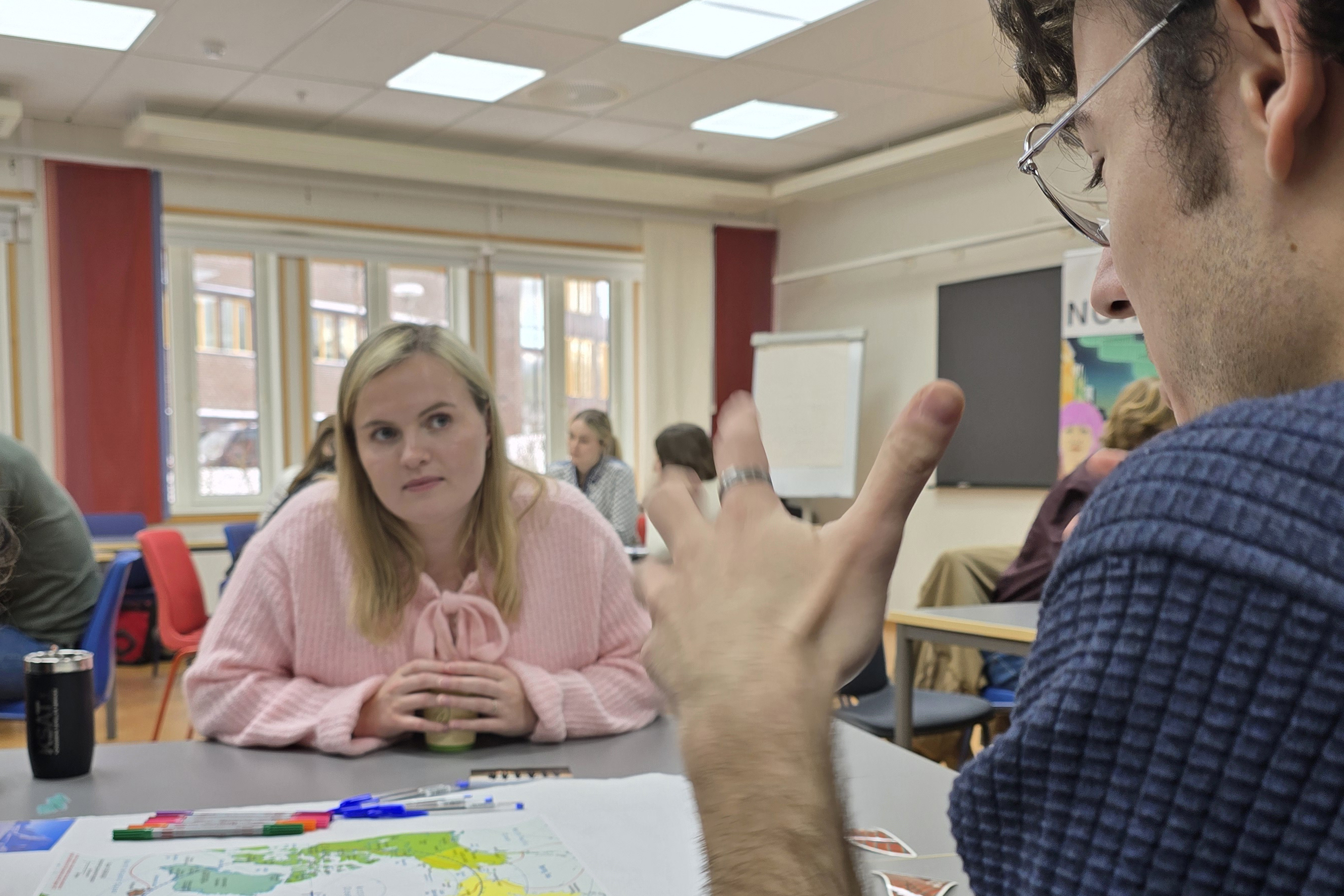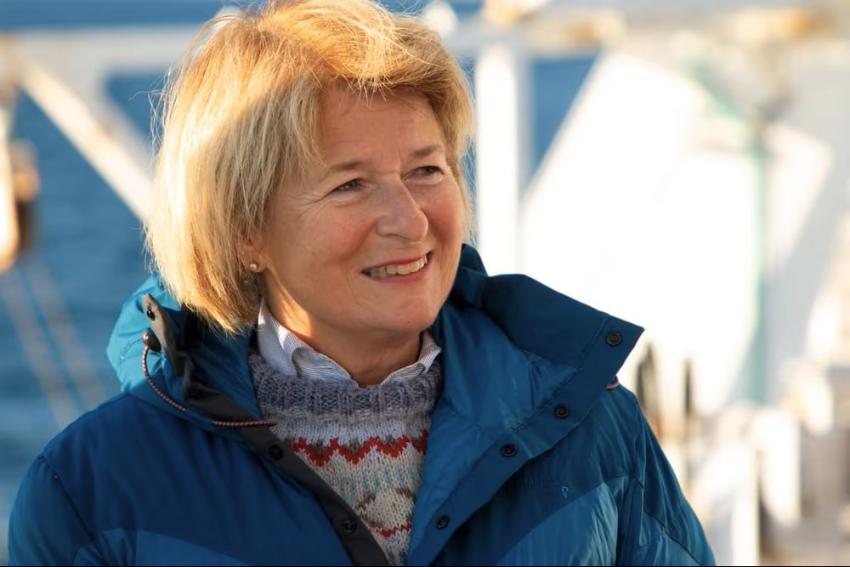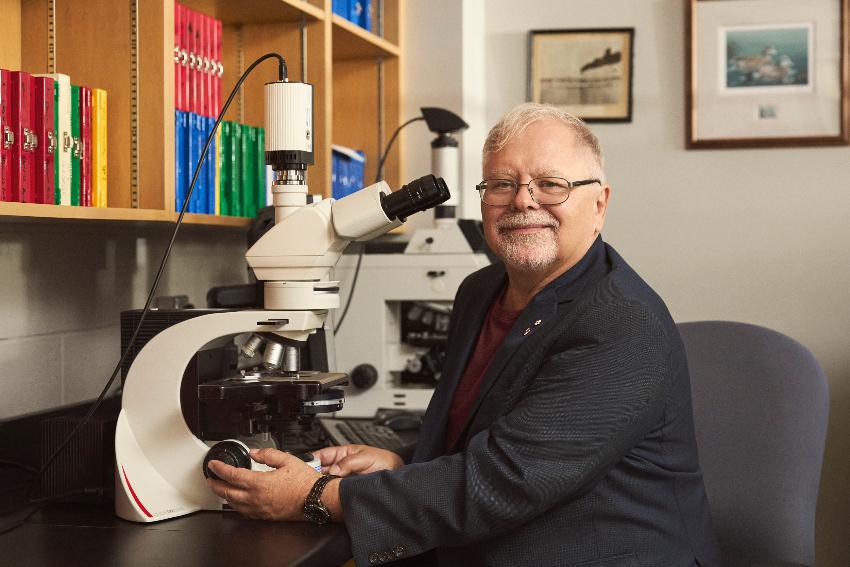"We must balance innovation with cultural heritage"
Students from UiT The Arctic University of Norway are sending an important message with the Statsraad Lehmkuhl as the sailing ship embarks on a new circumnavigation in April.


“Tromsø is the largest city in the Arctic. This means that we young people have a special responsibility for the future of the entire region”, says Martine Lødding from the European Youth Capital (True North 2026).
This is the message the students arrived at:
A sustainable Arctic means: prioritising Indigenous voices in decision-making processes, preserving ecosystems, reducing human impact, and promoting resilient communities through inclusive, forward-looking approaches that balance innovation with cultural heritage.
She recently organised a workshop in collaboration with UiT and APECS (Association of Polar Early Career Scientists) with students from UiT. During the workshop, they developed a message about the future of the Arctic. This message will be sent with the sailing ship Statsraad Lehmkuhl, which will embark on an extraordinary journey in April, the One Ocean Expedition, to promote ocean research and inspire engagement for a sustainable ocean.
“One Ocean Expedition is part of the UN Decade of Ocean Science for Sustainable Development”, says Sarah Strand, Director of APECS.
Open Ship in Tromsø
The voyage begins in Bergen on 11 April and will last for one year. The sailing ship will cross the Atlantic, the Mediterranean, the Arctic, the Pacific, and the Caribbean, with stops in 27 ports across three continents. On 20 April, the ship will arrive in Tromsø, and it is planned that Tromsø's residents will have the opportunity to come aboard on 21 April. The following day, the ship will continue westward, before participating in the UN Ocean Summit in Nice from 8–13 June.

For the first time, the ship will also sail through the Northwest Passage, a leg of the journey chartered by UiT The Arctic University of Norway, with a total of 120 students from both UiT and other partner universities, along with around 20 researchers on board. UiT's part of the expedition will last for two months, from 5 August to 4 October. The journey begins in Nuuk, Kalaallit Nunaat/Greenland, and ends in Anchorage, Alaska, with a change of students in Iqaluktuttiaq/Cambridge Bay, Canada, midway through.
During the voyage, the students will participate in the interdisciplinary course Arctic Future Pathfinders.
“The course is intended to be a platform for sharing different perspectives, experiences, and knowledge, which will enrich this educational journey for all participants”, says project leader and Dean of the Faculty of Biosciences, Fisheries and Economics at UiT, Jørgen Berge.
See where the voyage will go here (video: Statsraad Lehmkuhl):
Will conduct research across many disciplines
The students also serve as crew members and assist the researchers with their research projects.

Eiril Texmo Limstrand is one of the students from UiT who has secured a place on board the Statsraad Lehmkuhl. She also participated in the workshop.
“We are so fortunate to be part of a unique adventure while studying and assisting with research, says Limstrand, who studies marine biotechnology and dreams of working with climate and environmental issues from a biotechnological perspective.”
What can the students do themselves?
During the workshop, the students discussed what might happen in the Arctic of the future and how society can work towards a sustainable Arctic, with a particular focus on what young people can do themselves. Additionally, there are many considerations to take into account when sailing through the Northwest Passage.
About Tromsø and European Youth Capital:
- Tromsø is the European Youth Capital in 2026 (True North 2026).
- Tromsø has the youngest population in Norway, with half of its residents under the age of 35.
- Tromsø is the largest city in the Arctic, with approximately 77,000 inhabitants.
“We are entering an area where Indigenous peoples have lived for thousands of years. It is important that we are all aware that we are visitors and treat the area with respect”, says project coordinator Yasemin Bodur.
This is precisely why the recently held workshop is so important. Lødding emphasises the significance of collaboration at all levels.
“That is why we want to collaborate with UiT on this journey. Our goal is to shape a message that we can discuss with the young population in other parts of the Arctic”, says Lødding.
See how young people have helped shape Tromsø over the past 50 years in this video created by the European Youth Capital:
During the workshop, one of the topics was what the students hope to learn from the young people in Nuuk and Cambridge Bay.
“I want to learn what is important for the people there and what enables them to continue living there. Is it jobs, tradition, nature, other factors, or all of these together?” asks Emilie Norbeck Larsen, a geology student at UiT.
Lukas Pérez, a chemistry student, will also be participating in the course. He applied because he finds the course’s interdisciplinary approach fascinating.
“The opportunity to collaborate across disciplines is truly unique on this journey. I am particularly interested in working with and learning from students and researchers in geosciences”, says Pérez.
Arctic Future Pathfinders is linked to the national research project The Arctic Ocean 2050 and the upcoming International Polar Year 2032/33, which aims to train students and young academics to become essential Arctic researchers.
These points were discussed:
What does a sustainable Arctic mean to you?
- Which voices are being heard. Indigenous voices should be central; outsiders should not make the decisions.
- Not only viewing nature as a resource.
- Connecting people.
- Protecting habitats and ecosystems.
- To what extent can this group decide the future of the Arctic without all voices being present?
- Reducing human impact.
- The importance of climate observations.
- The negative impact of tourism – can tourism be sustainable and balanced with nature conservation?
- Solidarity among people in the Arctic and with nature.
- Thinking ahead while respecting traditions.
- Exploration vs. conservation.
- Communication about these topics.
- Disagreement over oil platforms/industry versus sustainability.
- How can we build and support resilient Arctic communities?
What does resilience mean?
- Raising awareness of how major changes affect people's daily lives.
- Building robust infrastructure.
- Clean, sustainable, and diverse energy sources.
- Collaboration within the Arctic Council.
- Diversity in livelihoods.
- Resilience for communities, ecosystems, and geopolitics: For geopolitical resilience, there must be people physically present to address the first two.
- Arctic benefits: student loan forgiveness programmes, free childcare, etc.
- How can we encourage people to want to live and stay in the Arctic?
- Decision-making power in the North for the North.
What makes you stay?
- Job opportunities.
- Snow conditions for skiing.
- Sports facilities – swimming pools, climbing walls.
- Tourism vs. local population, including impacts on the housing market.
- How to make both cities and rural areas attractive.
What can be done locally to try to achieve these goals?
Political power and ensuring people vote.
What do you want to learn from the people in Nuuk and Cambridge Bay?
- Greenland and its relationship with Denmark.
- Recognising that we are tourists when visiting these places while also being affected by tourism in Tromsø.
- Are they concerned about the climate? What energy systems and solutions do they use?
- How do they handle job opportunities and housing?
- How do they live? What is important to them?
- What facilities do they have? What do they need to thrive?
- How would they answer the same questions?
- Wanting to discuss the environment with them, what they have witnessed and experienced.
- Have they done anything to keep people in the North? What has worked?
-
Arkeologi - master
Varighet: 2 År -
Peace and Conflict Transformation - master
Varighet: 2 År -
Geosciences - master
Varighet: 2 År -
Biology - master
Varighet: 2 År -
Technology and Safety - master
Varighet: 2 År -
Law of the Sea - master
Varighet: 3 Semestre -
Biologi - bachelor
Varighet: 3 År -
Nordisk - årsstudium
Varighet: 1 År -
Luftfartsfag - bachelor
Varighet: 3 År -
Pedagogikk - bachelor
Varighet: 3 År -
Arkeologi - bachelor
Varighet: 3 År -
Likestilling og kjønn - årsstudium
Varighet: 1 År -
Historie - bachelor
Varighet: 3 År -
Geovitenskap- bachelor
Varighet: 3 År -
Kjemi - bachelor
Varighet: 3 År -
Samfunnssikkerhet - bachelor
Varighet: 3 År -
Samfunnssikkerhet - master
Varighet: 2 År -
Kunst - bachelor
Varighet: 3 År -
Kunsthistorie - master
Varighet: 2 År -
Religionsvitenskap - årsstudium
Varighet: 1 År -
Romfysikk, sivilingeniør - master
Varighet: 5 År -
Klima og miljøovervåkning, sivilingeniør - master
Varighet: 5 År -
Sosialantropologi - bachelor
Varighet: 3 År -
Historie - master
Varighet: 2 År -
Barnehagelærer - bachelor
Varighet: 3 År -
Anvendt fysikk og matematikk, sivilingeniør - master
Varighet: 5 År -
Barnevernsarbeid - master
Varighet: 2 År -
Forfatterstudium 2 - årsstudium
Varighet: 1 År -
Organisasjon og ledelse for offentlig sektor - erfaringsbasert master
Varighet: 3 År -
Fine Art - master
Varighet: 2 År -
Barnevern - bachelor
Varighet: 3 År -
Arctic Nature Guide - one year programme
Varighet: 1 År -
Sosialt arbeid - bachelor
Varighet: 3 År -
Arktisk friluftsliv og naturguiding - bachelor
Varighet: 3 År -
Arktisk friluftsliv - årsstudium
Varighet: 1 År -
Grunnskolelærerutdanning for 1.-7. trinn - master
Varighet: 5 År -
Kunsthistorie - årsstudium
Varighet: 1 År -
Governance and Entrepreneurship in Northern and Indigenous Areas - master
Varighet: 4 År -
Vernepleie - bachelor
Varighet: 3 År -
Internasjonal beredskap - bachelor
Varighet: 3 År -
Barnevern - bachelor
Varighet: 3 År -
Vernepleie - bachelor (deltid)
Varighet: 4 År -
Realfagskurs
Varighet: 1 Semestre -
Landskapsarkitektur - master
Varighet: 5 År -
Grunnskolelærerutdanning for 5.-10. trinn - master
Varighet: 5 År -
Kvensk og finsk - bachelor
Varighet: 3 År -
Nordisk språk og litteratur - bachelor
Varighet: 3 År -
Russisk og russlandsstudier - bachelor
Varighet: 3 År -
Ph.d.-program i naturvitenskap
Varighet: 3 År -
Russisk - master
Varighet: 2 År


